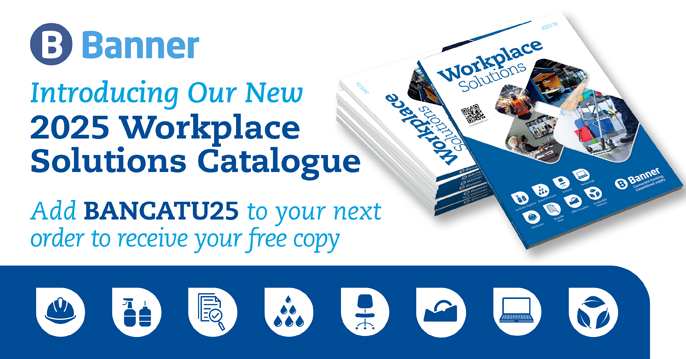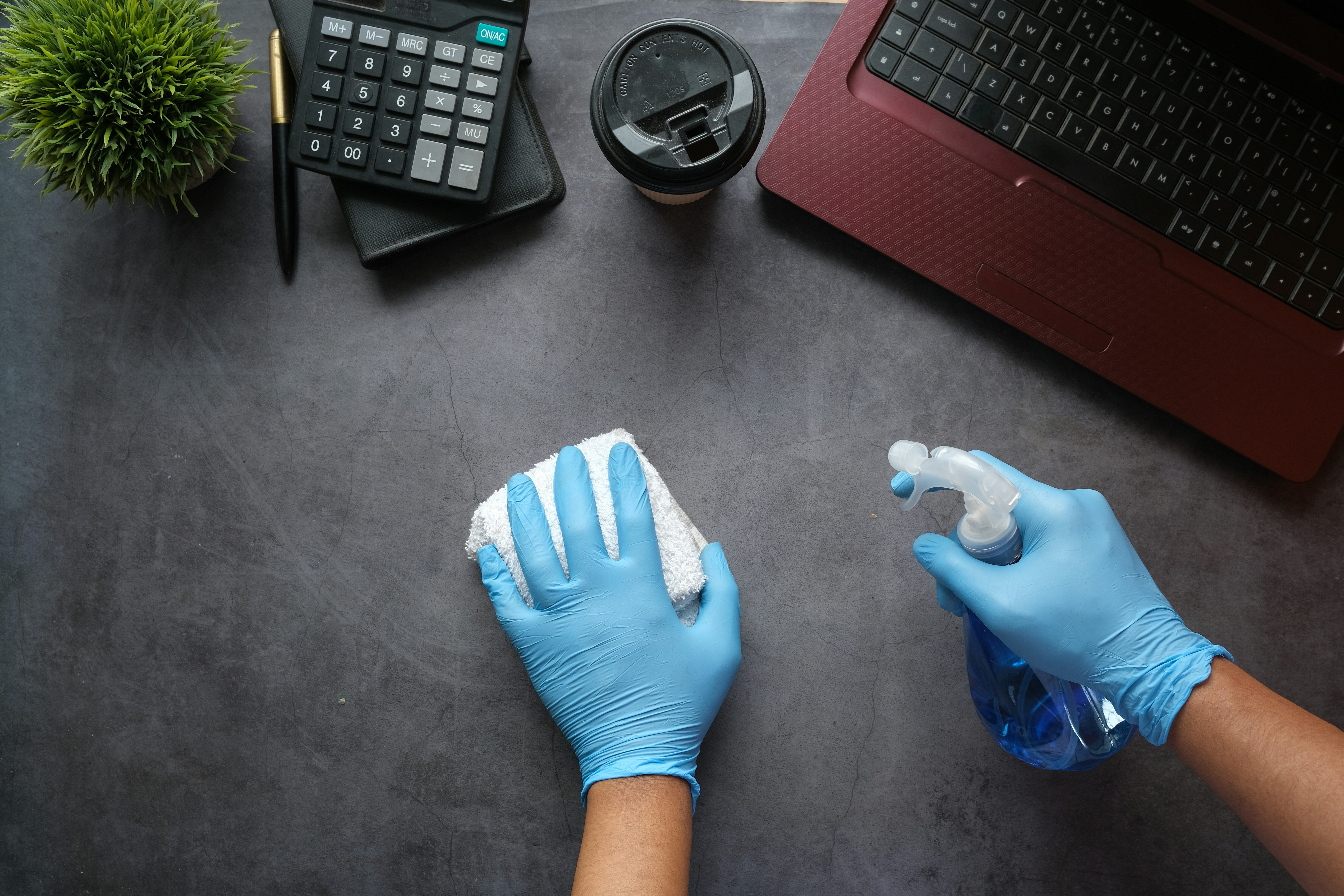
It is becoming increasingly evident that cleanliness and hygiene in the workplace is no longer just a nice-to-have and now plays a vital role in productivity levels.
With more and more offices converting to open plan and adapting to the new hybrid norm, people are socialising more frequently and sharing facilities and technology. As they return to the office, they are therefore facing more hygiene risks than before. As many, especially younger, generations are also becoming more health conscious, ensuring a clean and safe work environment for employees is becoming more important for possible recruits and current staff.
Offices are shifting from one-size-fits-all to more flexible environments, and this is leading to increased hygiene worries and needs all around the world. New data from the global Essity Hygiene & Health report 2018- 20191 and insights from the Tork Office Trend Report show that today’s offices need to accommodate proactive hygiene solutions, enabling employees to take control over workplace hygiene. Here, we look into the details and trends and dig deeper into how hygiene solutions can give a competitive edge in a market where offices are often open concept.
Open plan offices have both upsides and downsides
About 70% of today's offices in the US (2) and 73% in the UK (3) have open floor plans and, while open concept offices have several advantages in a collaborative environment, they do require a higher level of maintenance and a relevant hygiene strategy, with solutions adapted for a flexible office environment.
A number of studies have found a correlation between the number of people working in a room and the rate of sickness absence (4,5). That is – the more people sharing a room, the more exposed to infectious diseases they are.
Start with the basics: the washrooms

Staying healthy by keeping clean and hygienic in an office can be difficult. About 22% of employees say they often refrain from using the toilets where they work, and this rises to 30% among younger people (6). The most common reason for this is that the toilets are unhygienic or messy. They can also often lack toilet paper or soap and such factors impact both the workforce and their perception of the office, making hygiene a cause for concern.
Increased worries about hygiene
Today, about 40% of people globally say they often worry about becoming ill due to poor hygiene, and there are noticeable differences amongst age groups (6). Employers seeking to attract and retain millennials should be aware of the fact that they worry a lot more about lack of hygiene than the older part of the workforce. For example, 50% of people aged 16-25 say they often worry about hygiene, while that figure is only 21% aged 61 and older.
Hygiene routines come together at the office
Concern about hygiene can be caused by both the physical environment around us and the behaviour of our co-workers. Lacking routines when it comes to ensuring sufficient hygiene makes people feel like their co-workers are not doing enough to avoid spreading germs in general. We know, for example, that 15% say they do not wash their hands after visiting the toilet, 31% do not wash their hands before eating food and 50% do not wash their hands after blowing their nose, coughing or sneezing (6). Such behaviour affects how people feel about going to work, spending time at the office and feeling secure in terms of the perceived risk of getting ill.
Hygiene strategy as a solution
By implementing a hygiene strategy in the office, employers can increase both productivity and well-being by reducing sick-days and hygiene worries. Studies show that executing the right hand hygiene program in an office can reduce the amount of sick leave by over 20% (7) and has been shown to reduce worry, improve morale and the attitude toward the employee’s workplace. Even minimal interventions can be great at improving hygiene and have been proven to reduce the number of health insurance claims (8).
The new Tork Office Web tool provides practical insights on how to place dispensers as well as tips and tricks for which areas to prioritise and how to make it easier for co-workers and visitors to maintain proper hygiene levels.
Increasing availability
According to a recent study, one of the most important factors for improving hand hygiene and thus reducing the incidence of infectious diseases is simply to provide more opportunities for hand hygiene (8), meaning making facilities available and making sure they are always stocked.
Banner is proud to work with Tork to offer tailored solutions, and by strategically using:
- Tork Hygiene Stand
- Tork EasyCube®
- Essity Hygiene & Health Report 2018-2019. This
- report among 15.000 people from 12 countries is the latest edition in a series of reports that Essity, the maker of the Tork brand, has been publishing since 2008 with the aim to raise awareness about the pivotal role hygiene, sanitation, and health play for well-being
- BBC (2017). Why open offices are bad for us.
- Euractiv (2014) The French are the least satisfied with their working conditions.
- Pejtersen, J. H., Feveile, H., Christensen, K. B., & Burr, H. (2011). Sickness absence associated with shared and open-plan offices—a national cross sectional questionnaire survey. Scandinavian journal of work, environment & health, 376-382.
- Bodin Danielsson, C., Chungkham, H. S., Wulff, C., & Westerlund, H. (2014). Office design’s impact on sick leave rates. Ergonomics, 57(2), 139-147.
- Essity (2018). The Essentials Initiative Survey 2018, found at www.essity.com/company/essentialsinitiative/.
- Arbogast, J. W., Moore-Schiltz, L., Jarvis, W. R., Harpster-Hagen, A., Hughes, J., & Parker, A. (2016). Impact of a comprehensive workplace hand hygiene program on employer health care insurance claims and costs, absenteeism, and employee perceptions and practices. Journal of occupational and environmental medicine, 58(6), e231.
- Zivich, P. N., Gancz, A. S., & Aiello, A. E. (2017). Effect of hand hygiene on infectious diseases in the office workplace: A systematic review. American journal of infection control






